Home>Garden Essentials>What Type Of Grass Is Pet Grass
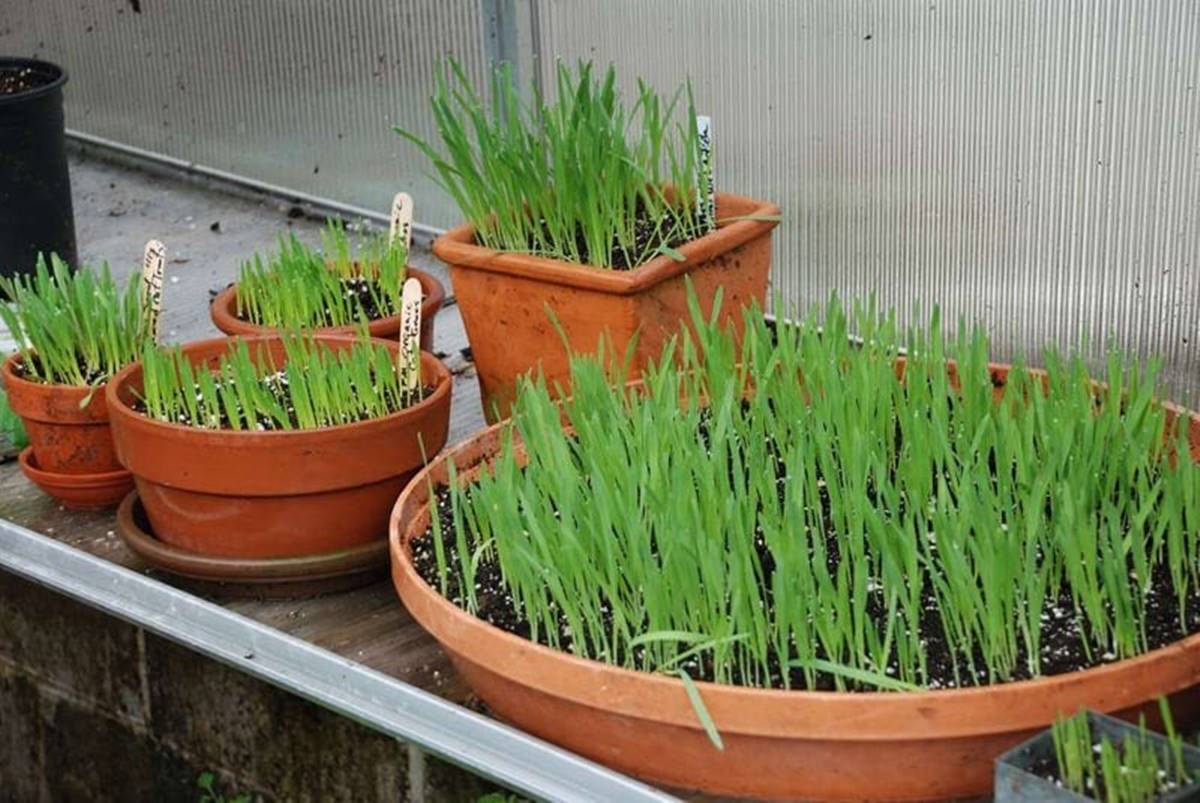

Garden Essentials
What Type Of Grass Is Pet Grass
Modified: September 2, 2024
Looking for pet-friendly grass for your garden? Discover the best type of grass that is perfect for pets in this comprehensive guide.
(Many of the links in this article redirect to a specific reviewed product. Your purchase of these products through affiliate links helps to generate commission for Storables.com, at no extra cost. Learn more)
Introduction
Welcome to the world of pet grass – a lush and vibrant way to create a safe and enjoyable space for your furry friends! If you’re a proud pet owner, you know that providing a healthy and pet-friendly outdoor environment is crucial for their well-being. That’s where pet grass comes in. In this article, we will explore the benefits of pet grass, the different types available, how to choose the right one for your pets, and essential tips for maintaining it.
Pet grass, also known as dog grass or cat grass, is specially cultivated to meet the needs of our four-legged companions. It offers a variety of benefits, ranging from improving their digestive health to providing a safe and comfortable surface for play. Whether you have a playful pup or a curious kitty, having pet grass in your garden or outdoor area can significantly enhance their quality of life.
Now, let’s dive into the incredible benefits of pet grass, so you can make an informed decision about adding it to your garden.
Key Takeaways:
- Pet grass offers benefits like improved digestive health and stress reduction for pets, making it a valuable addition to any garden or outdoor space.
- When choosing pet grass, consider factors like climate suitability, maintenance level, and pet activity to create a safe and comfortable environment for furry friends.
Read more: What Type Of Carpet Is Best For Pets
Benefits of Pet Grass
There are numerous benefits to incorporating pet grass into your outdoor space. Let’s explore some of the key advantages:
- Improved Digestive Health: Many pet grass varieties, such as wheatgrass or barley grass, contain enzymes that aid in digestion. When pets consume these grasses, it can help cleanse their digestive system and alleviate any stomach discomfort they may be experiencing.
- Natural Source of Nutrients: Pet grass is packed with essential vitamins, minerals, and nutrients that can contribute to your pet’s overall health. It offers a natural and organic alternative to store-bought supplements.
- Prevents Indoor Accidents: If you have an indoor pet, having pet grass can help prevent accidents and promote proper bathroom habits. Pets are instinctively drawn to grass, making it an ideal spot for them to relieve themselves.
- Safe Play Surface: Pet grass provides a soft and forgiving surface for your pets to run, play, and roll around on. Unlike hard surfaces like concrete or pavement, grass reduces the risk of injuries and provides a more comfortable experience.
- Environmental Benefits: Pet grass contributes to a healthier environment by absorbing carbon dioxide and releasing oxygen through photosynthesis, adding a fresh breath of air to your surroundings.
- Stress Reduction: Spending time on pet grass can help reduce stress and anxiety in pets. The natural outdoor environment and the ability to dig, sniff, and explore can be incredibly therapeutic for our furry friends.
- Aesthetic Appeal: Pet grass adds beauty to your garden or outdoor space. Its vibrant green color and lush texture create a visually appealing area for both you and your pets to enjoy.
These are just a few of the many benefits that pet grass can bring to your pets and your outdoor area. Now that we’ve explored the advantages, let’s delve into the different types of pet grass available.
Types of Pet Grass
When it comes to choosing the right pet grass for your furry friends, there are several varieties to consider. Each type has its own characteristics and suitability for different climates, maintenance levels, and pet preferences. Here are some of the most common pet grass options:
- Bermudagrass: Bermudagrass is a warm-season grass that thrives in sunny areas with moderate to high foot traffic. It has good tolerance to heat and drought and can withstand wear and tear from active pets. However, it can be invasive and requires regular maintenance to keep it under control.
- Zoysia Grass: Zoysia grass is another warm-season option that is well-suited for pet-friendly environments. It is known for its dense growth, which helps to resist weeds and withstand heavy pet use. Zoysia grass has excellent tolerance to heat, drought, and foot traffic but may require more maintenance to keep it looking its best.
- Kentucky Bluegrass: Kentucky Bluegrass is a cool-season grass that thrives in areas with moderate temperatures and receives a mix of sun and shade. It has a beautiful, lush appearance and good durability. While it may require more water and maintenance, it provides a soft surface for pets to enjoy.
- Perennial Ryegrass: Perennial Ryegrass is another cool-season grass that is known for its quick germination and establishment. It can tolerate moderate foot traffic and recovers well from wear and tear. This grass type is often blended with other varieties to offer a more robust and resilient lawn for pets to play on.
These are just a few examples of the many pet grass options available. When selecting a type of pet grass, consider factors such as climate, maintenance requirements, soil conditions, and the activity level of your pets. Consulting with a local garden expert can also provide valuable insights into the best pet grass varieties for your specific area.
Now that you are familiar with some of the different types of pet grass, it’s time to explore how to choose the right one for your pets.
Bermudagrass
Bermudagrass (Cynodon dactylon) is a popular warm-season grass that is commonly used as pet grass due to its ability to withstand heavy foot traffic and active play. It is well-suited for sunny areas and exhibits excellent heat and drought tolerance. Let’s take a closer look at the key characteristics of Bermudagrass:
- Appearance: Bermudagrass has a medium to dark green color and a fine-textured appearance. It forms a dense and uniform turf, creating a visually pleasing and comfortable area for pets.
- Tolerance: This grass type has high resilience to wear and tear, making it an ideal choice for pets who love to run and play. It can withstand heavy foot traffic and recover well from damage.
- Maintenance: Bermudagrass requires regular maintenance, including mowing, watering, and occasional fertilization, to keep it healthy and looking its best. It has a rapid growth rate during warm months, which may necessitate more frequent mowing.
- Invasiveness: One aspect to be aware of with Bermudagrass is its invasive nature. It spreads through above-ground stolons and underground rhizomes, allowing it to quickly take over surrounding areas. Regular edging and containment measures are necessary to prevent it from encroaching on other parts of your garden.
- Climate Suitability: Bermudagrass is best suited for warm climates with full sun exposure. It thrives in areas with hot summers and mild winters. It may struggle in regions with cold temperatures or extended periods of shade.
Overall, Bermudagrass offers an excellent option for pet owners looking for a resilient, heat-tolerant, and visually appealing grass variety. With proper maintenance and containment, it can provide a lush and comfortable space for your pets to enjoy.
Now that we’ve explored Bermudagrass, let’s move on to another popular pet grass option: Zoysia Grass.
Zoysia Grass
Zoysia grass (Zoysia spp.) is a warm-season grass that is often chosen as pet grass due to its durability and ability to withstand heavy pet use. It is known for its dense growth habit and excellent tolerance to heat, drought, and traffic. Let’s delve into the key features of Zoysia grass:
- Appearance: Zoysia grass has a medium to dark green color and a dense, lush appearance. It forms a thick turf with a fine to medium texture, providing a comfortable surface for pets to walk and play on.
- Tolerance: One of the primary advantages of Zoysia grass is its exceptional tolerance to foot traffic and wear. It can handle pets’ energetic play and recover quickly from any damage, making it an ideal choice for active pets.
- Maintenance: Zoysia grass requires less maintenance compared to other warm-season grasses. It has a slow growth rate, meaning less frequent mowing and lower water requirements. However, periodic dethatching and aerating may be necessary to promote healthy growth.
- Weed Resistance: Zoysia grass has good resistance to weeds, thanks to its dense growth and vigorous nature. It forms a thick turf that naturally suppresses weed growth, reducing the need for chemical herbicides.
- Climate Suitability: Zoysia grass thrives in warm climates and performs best in areas with full sun exposure. It has moderate cold tolerance and can withstand mild winter conditions. However, it may not be suitable for regions with harsh winters or extended periods of freezing temperatures.
Zoysia grass offers a beautiful and resilient option for pet owners seeking a low-maintenance and durable turf. Its ability to withstand heavy pet traffic, moderate water requirements, and weed resistance make it a popular choice. However, it is important to note that Zoysia grass may take longer to establish compared to other grass types.
Now that we have explored Zoysia grass, let’s move on to another commonly used pet grass: Kentucky Bluegrass.
Pet grass is typically a mix of grasses like wheat, barley, oat, and rye. These grasses are safe for pets to eat and provide essential nutrients.
Read more: What Is Pet Grass Used For
Kentucky Bluegrass
Kentucky Bluegrass (Poa pratensis) is a cool-season grass that is widely chosen as pet grass for its lush appearance and soft texture. It thrives in areas with moderate temperatures and receives a mix of sun and shade. Let’s take a closer look at the key features of Kentucky Bluegrass:
- Appearance: Kentucky Bluegrass has a beautiful deep green color and a fine-textured appearance. It forms a dense and uniform turf, providing a visually appealing and comfortable area for pets to enjoy.
- Tolerance: While Kentucky Bluegrass may not be as resilient to heavy traffic as some warm-season grasses, it still exhibits good durability and can handle moderate pet activities. It recovers well from wear and tear and has a self-repairing ability.
- Maintenance: Kentucky Bluegrass requires moderate maintenance to keep it looking its best. It may need regular mowing, watering, and fertilization to maintain its health and appearance. Adequate irrigation is particularly essential during hot and dry periods.
- Climate Suitability: Kentucky Bluegrass performs best in areas with moderate temperatures and a mix of sun and shade. It is well-suited for regions with cool and temperate climates. It may struggle in extremely hot or cold conditions.
- Soft Texture: One of the notable features of Kentucky Bluegrass is its soft texture. This makes it an excellent choice for pets who enjoy lounging or rolling around on the grass. The soft turf provides a comfortable space for pets to relax and play.
Kentucky Bluegrass is a popular choice for pet owners who value aesthetics and desire a soft and visually pleasing lawn. While it may require more water and maintenance compared to some other grass types, its lush appearance and comfortable texture make it a preferred option for many.
Now that we have explored Kentucky Bluegrass, let’s move on to our final pet grass option: Perennial Ryegrass.
Perennial Ryegrass
Perennial Ryegrass (Lolium perenne) is a cool-season grass commonly used as pet grass for its quick germination, establishment, and ability to handle moderate foot traffic. It is often blended with other grass varieties to create a more robust and resilient lawn. Let’s delve into the key features of Perennial Ryegrass:
- Appearance: Perennial Ryegrass has a bright green color and a medium to coarse texture. It forms a fine-bladed turf that adds visual appeal to your outdoor space. It creates a lush and vibrant lawn that pets can enjoy.
- Durability: While it may not be the most wear-resistant grass, Perennial Ryegrass can tolerate moderate foot traffic and recover well from activities. It is an ideal choice for pet owners who want a lawn that can handle some playtime with their furry friends.
- Maintenance: Perennial Ryegrass requires regular maintenance to keep it healthy and looking its best. This includes regular mowing, watering, and fertilization. It benefits from the occasional overseeding to maintain its density and resilience.
- Germination and Establishment: Perennial Ryegrass has a quick germination rate and establishes rapidly, allowing for a relatively fast transformation of your lawn. This makes it an attractive option for homeowners looking for quick results.
- Climate Suitability: Perennial Ryegrass performs best in cool and temperate climates. It thrives in areas with moderate temperatures and regular rainfall. It may struggle in extremely hot or cold conditions, so it is important to choose the right grass type based on your climate.
Perennial Ryegrass offers an excellent option for pet owners looking for a fast-establishing grass that can handle moderate foot traffic. Its vibrant green color and relatively low maintenance requirements make it an attractive choice for many. However, it is important to note that, as a cool-season grass, Perennial Ryegrass may not fare well in regions with hot or cold extremes.
Now that we’ve explored Perennial Ryegrass, you have a good understanding of the different pet grass options available. Next, let’s discuss how to choose the right pet grass for your specific needs and preferences.
Choosing the Right Pet Grass
When it comes to choosing the right pet grass for your furry friends, there are several factors to consider. Each pet grass variety has its own characteristics, maintenance requirements, and suitability for different climates. Here are some essential points to keep in mind when selecting the right pet grass:
- Climate: Consider the climate in your region. Some grass types thrive in warm climates, while others are better suited for cooler temperatures. Choose a grass variety that can withstand the typical weather conditions in your area to ensure optimal growth and durability.
- Pet Activity Level: Assess the activity level of your pets. Do they engage in vigorous play or have a more relaxed demeanor? If you have energetic and active pets, opt for a grass type that is known for its durability and ability to handle heavy foot traffic.
- Maintenance Level: Consider the level of maintenance you are willing to commit to. Some grass varieties require more frequent mowing, watering, fertilization, and other care tasks, while others are more low-maintenance. Choose a pet grass that aligns with your available time and willingness to maintain it properly.
- Texture and Comfort: Take into account the texture of the grass and how it will feel under your pets’ paws. Some grass types, like Kentucky Bluegrass, are known for their soft texture, providing a comfortable surface for your pets to relax and play on.
- Compatibility with Other Plants: If you have other plants or flowers in your garden, consider the compatibility of the pet grass with those species. Some grass varieties can be invasive and encroach on other plants, so ensure that the pet grass you choose will coexist harmoniously with your existing garden elements.
- Expert Advice: Consult with local garden experts, landscapers, or horticulturists who have knowledge about the specific grass varieties that thrive in your region. They can provide valuable insights and recommendations based on your unique needs and circumstances.
By considering these factors and doing thorough research, you can make an informed decision and choose the right pet grass variety that will create a safe, comfortable, and enjoyable outdoor environment for your furry friends.
Now that you understand how to choose the right pet grass, let’s move on to discussing essential tips for maintaining your pet grass to keep it healthy and vibrant.
Maintaining Pet Grass
To ensure the longevity and vibrant appearance of your pet grass, proper maintenance is crucial. Here are some essential tips to keep in mind when maintaining your pet grass:
- Regular Watering: Adequate watering is essential to keep your pet grass healthy. Provide consistent moisture, especially during hot and dry periods. Water deeply and infrequently to encourage deep root growth and drought tolerance.
- Mowing: Regular mowing helps maintain the desired height and promotes healthy growth. Adjust the mower height to an appropriate level for your specific grass type, and never remove more than one-third of the grass blade length at a time. Keep the blades sharp to ensure clean cuts and prevent damage to the grass.
- Fertilization: Apply a balanced fertilizer specifically formulated for your pet grass type. Follow the recommended application rates and timing guidelines to provide the necessary nutrients for healthy growth. Avoid over-fertilization, as it can lead to excess green growth and potential issues.
- Aeration: Periodic aeration helps alleviate soil compaction and improve oxygen and nutrient uptake by the grass roots. This process involves creating small holes in the soil to allow for better water infiltration and promote a healthy root system.
- Weed Control: Regularly inspect your pet grass for weeds and address them promptly. Hand-pull small weeds, or use herbicides specifically labeled for use on pet grass. Be cautious when using herbicides and follow the instructions carefully to prevent any harm to your pets.
- Dethatching: If your pet grass develops a thick layer of dead organic material called thatch, dethatching may be necessary. This process involves removing the excess thatch using a dethatching rake or a specialized dethatching machine, allowing for better air circulation and water penetration.
- Pest and Disease Control: Monitor your pet grass for pests and signs of diseases. Consult with a garden expert or landscaper if you notice any unusual symptoms or pest activity. Proper pest identification and targeted treatment can help protect your pet grass from damage.
- Regular Inspections: Take the time to inspect your pet grass regularly. Look for any signs of stress, damage, or uneven growth. Address any issues promptly to prevent further damage and maintain the health and beauty of your pet grass.
By following these maintenance tips and staying proactive in caring for your pet grass, you can ensure that it remains lush, vibrant, and safe for your furry friends to enjoy.
Now that you are equipped with essential tips for maintaining your pet grass, let’s summarize what we’ve covered in this article.
Read more: What Is Wheatgrass And Pet Grass
Conclusion
In conclusion, incorporating pet grass into your outdoor space can provide numerous benefits for both you and your furry friends. Pet grass offers a safe and comfortable surface for play, improves digestive health, reduces stress, and enhances the overall aesthetic appeal of your garden or outdoor area.
When choosing the right pet grass, consider factors such as climate suitability, maintenance requirements, pet activity levels, and the texture of the grass. Bermudagrass, Zoysia Grass, Kentucky Bluegrass, and Perennial Ryegrass are popular options with their unique characteristics and suitability for different environments.
Once you have selected the appropriate pet grass, proper maintenance is essential to keep it healthy and vibrant. Regular watering, mowing, fertilization, aeration, and weed control are key aspects of maintaining your pet grass. Regular inspections for pests, diseases, and overall grass health are also important for its longevity and vitality.
Remember, consulting with local garden experts and professionals can provide valuable insights and guidance tailored to your specific region and needs. They can offer advice on selecting the right grass type, provide tips for maintenance, and help troubleshoot any issues that may arise.
With the right pet grass and proper care, you can create an outdoor space that your pets will adore and enjoy. So go ahead and transform your garden into a pet-friendly haven with the lush and vibrant beauty of pet grass!
Thank you for reading, and may your pets delight in the joyous experience that pet grass brings to their lives.
Frequently Asked Questions about What Type Of Grass Is Pet Grass
Was this page helpful?
At Storables.com, we guarantee accurate and reliable information. Our content, validated by Expert Board Contributors, is crafted following stringent Editorial Policies. We're committed to providing you with well-researched, expert-backed insights for all your informational needs.
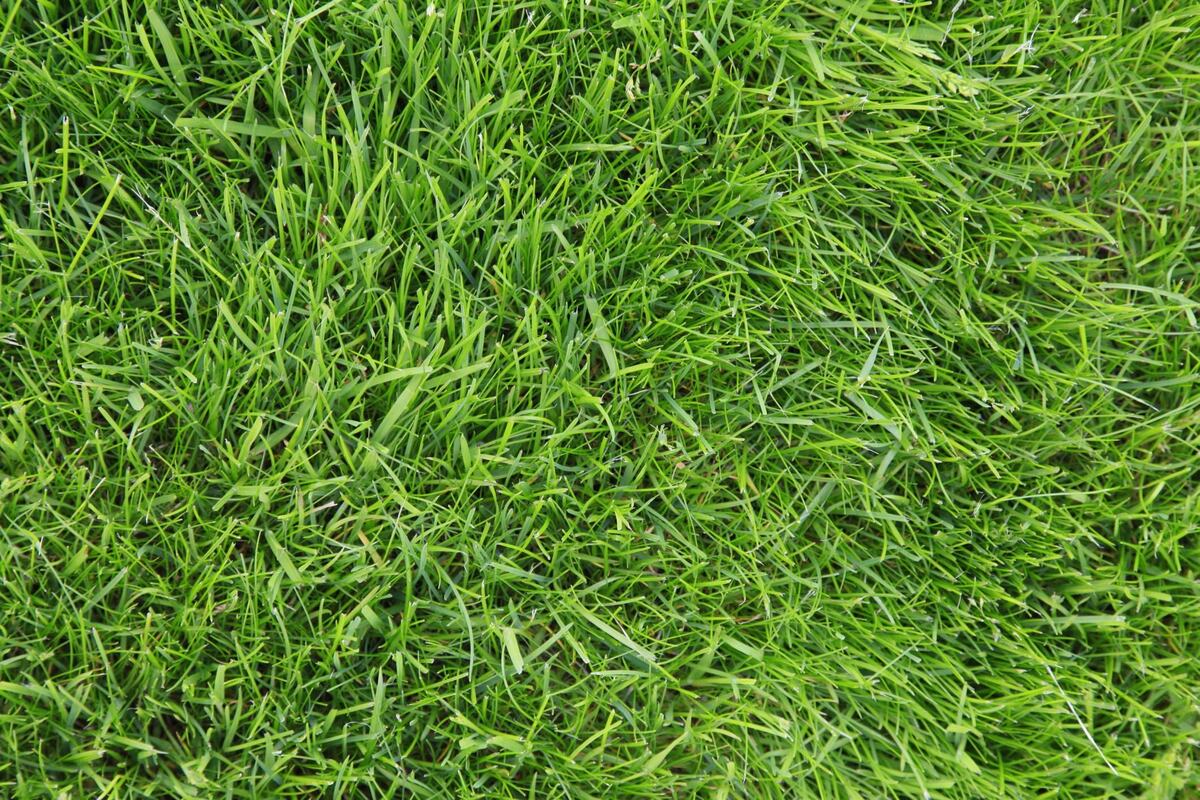
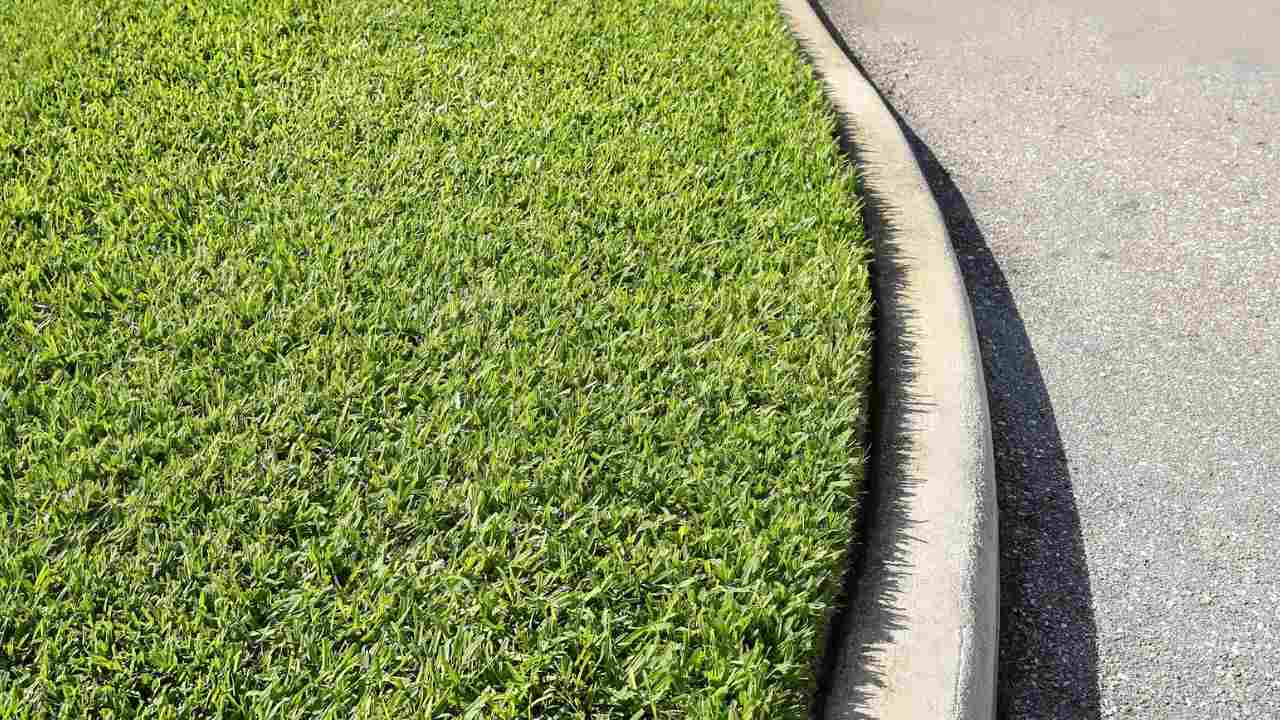
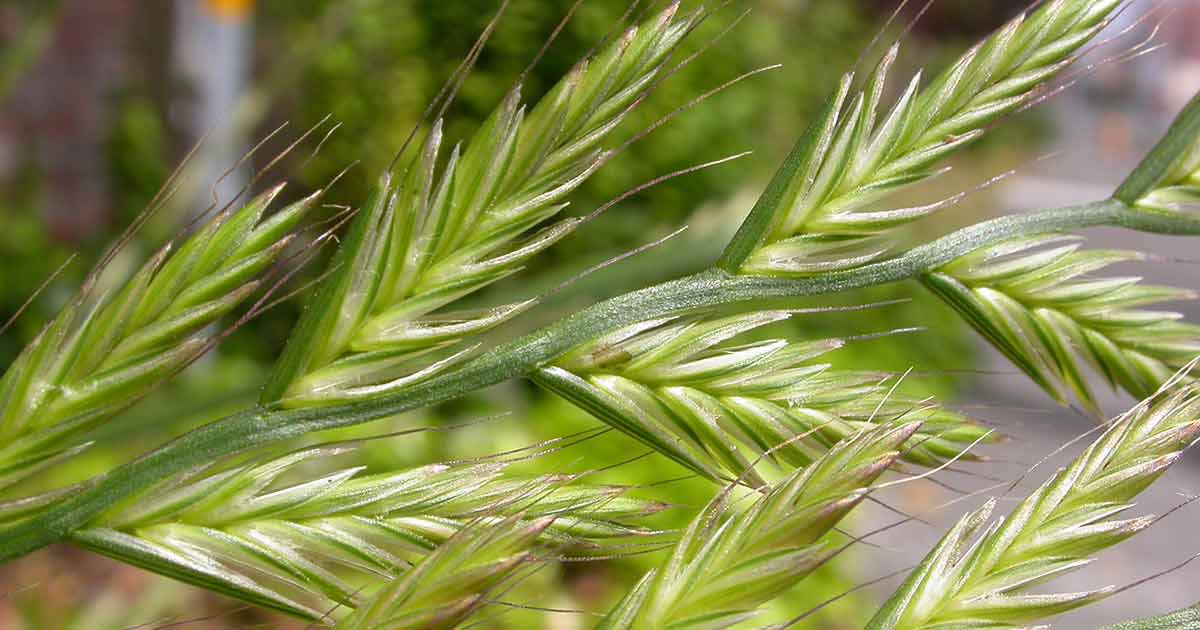
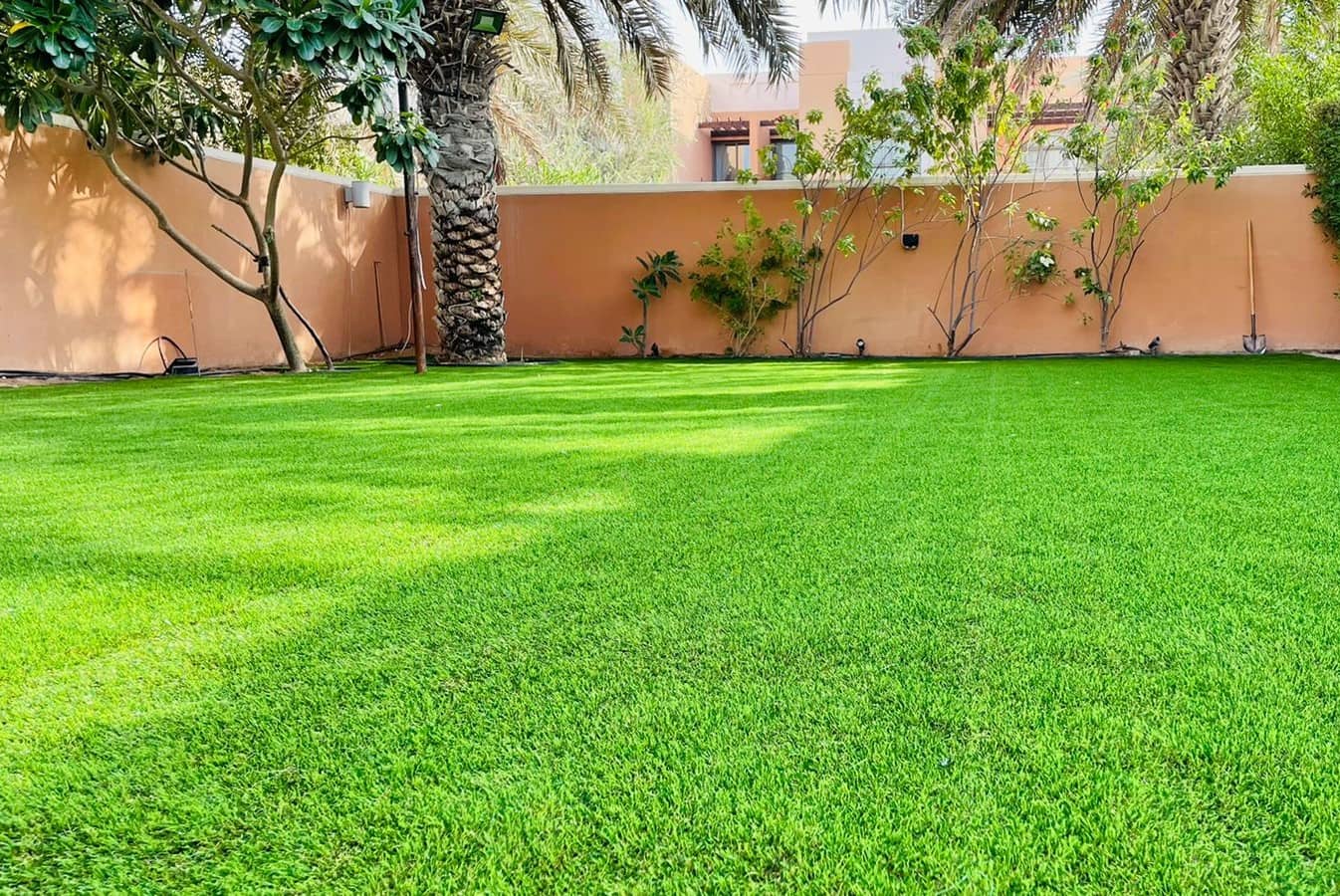

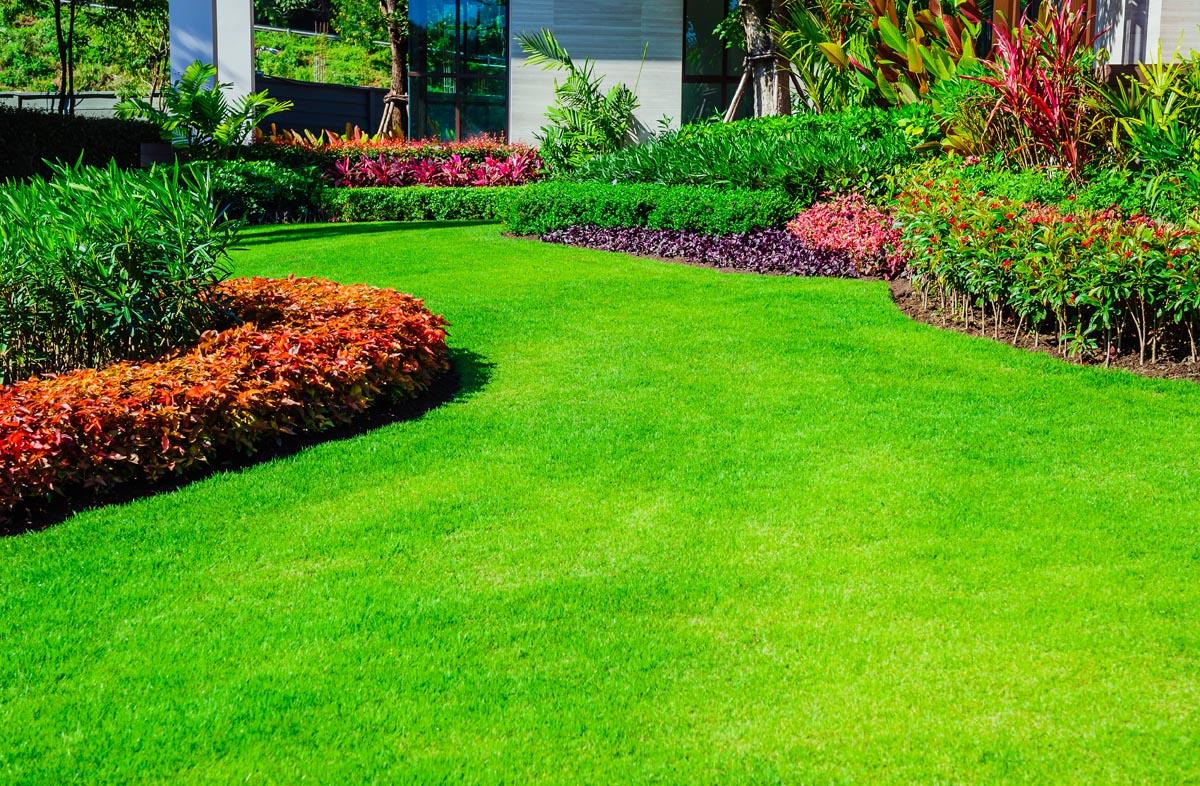
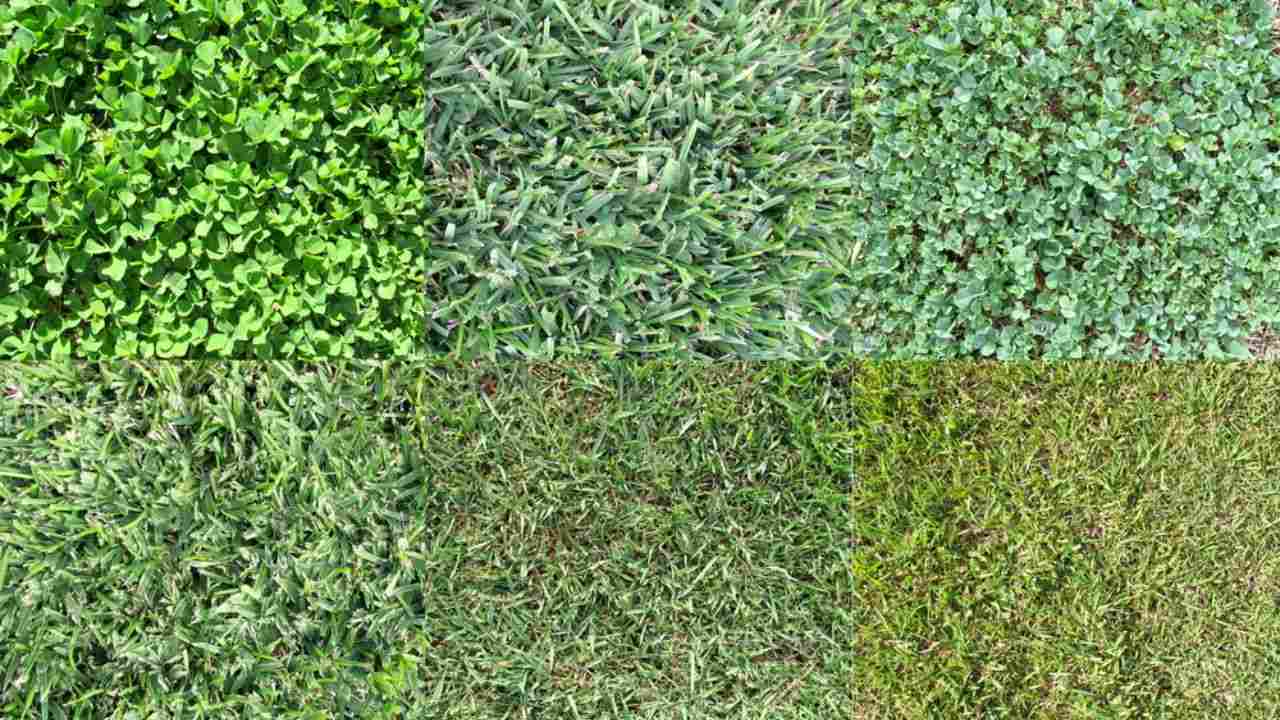
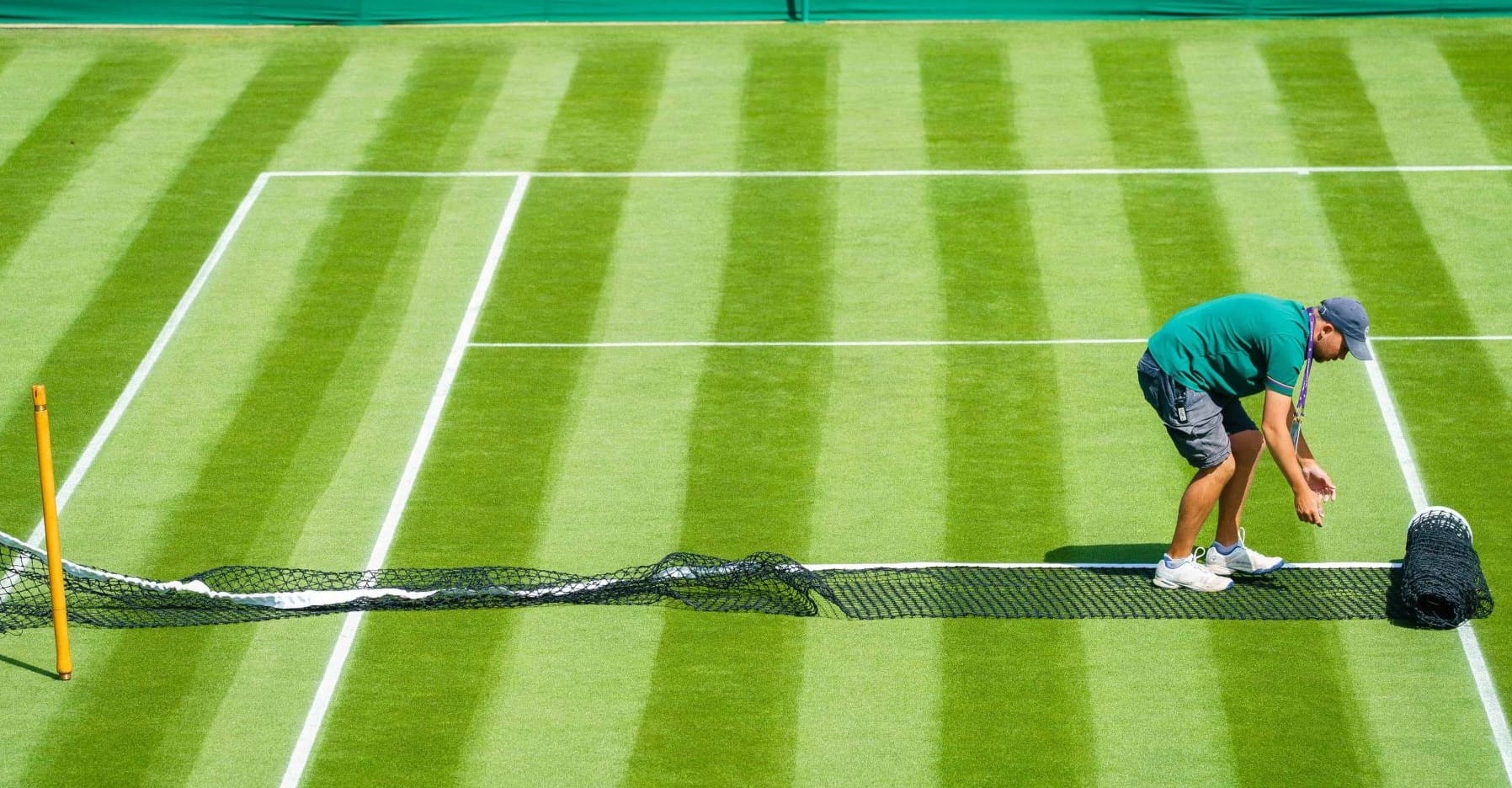
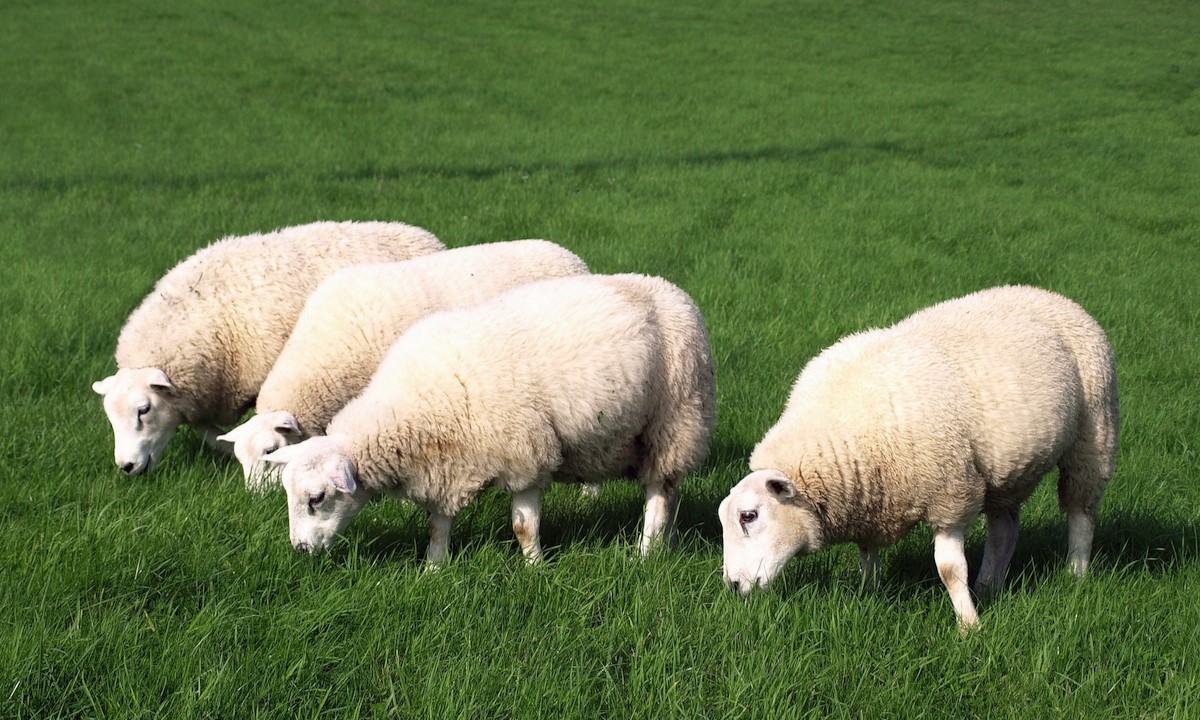
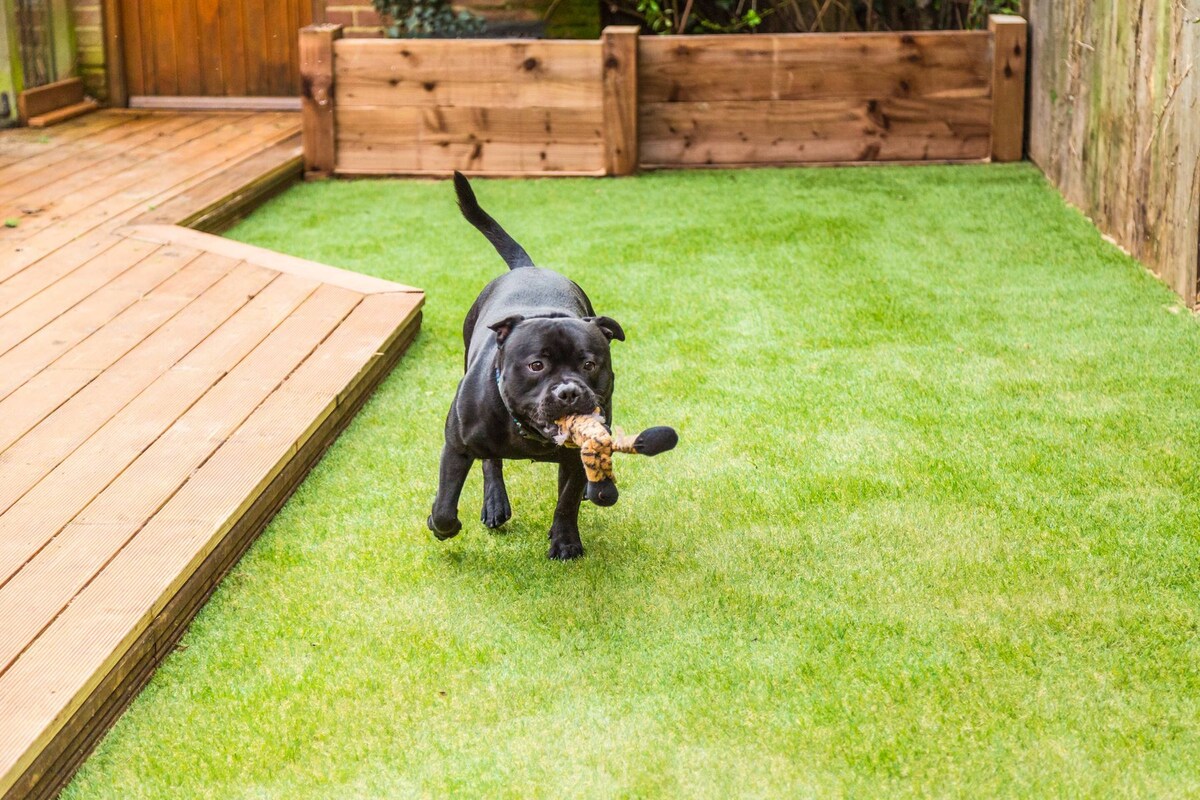
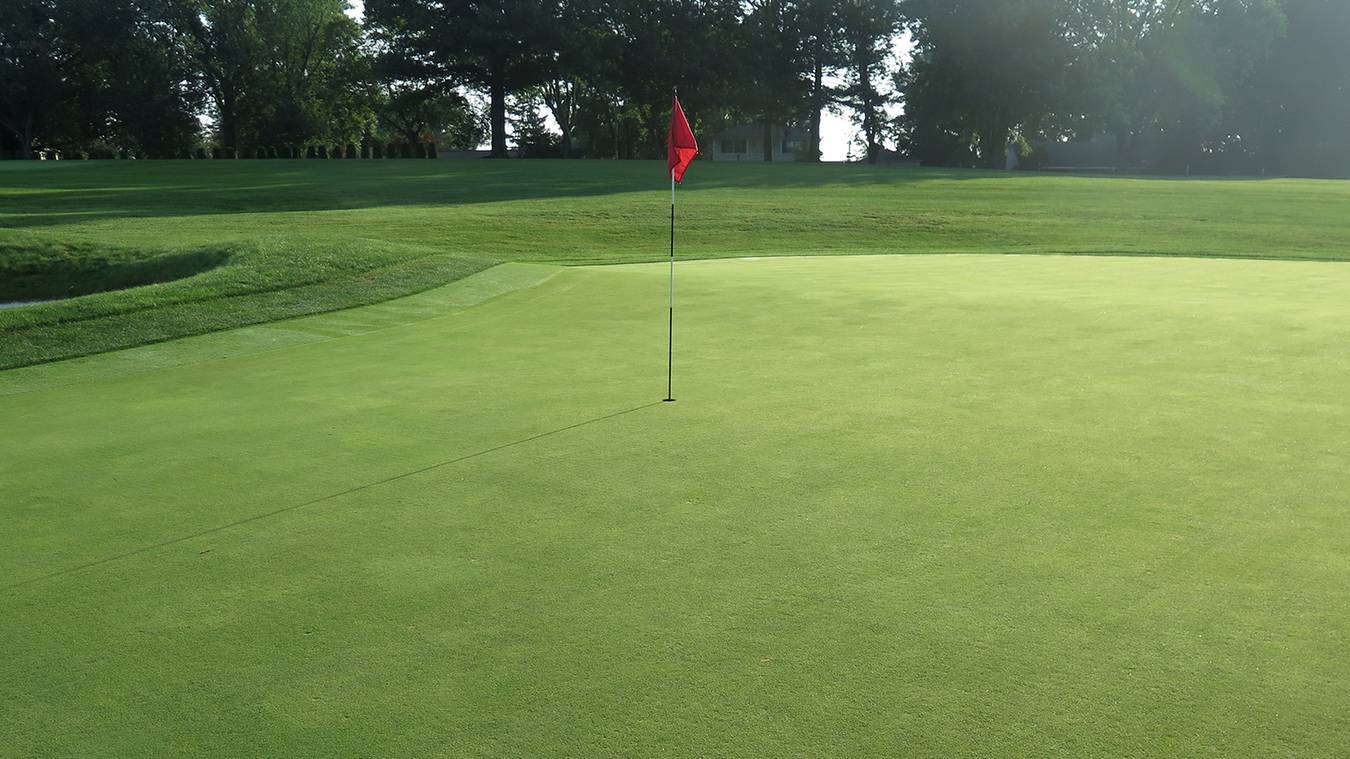
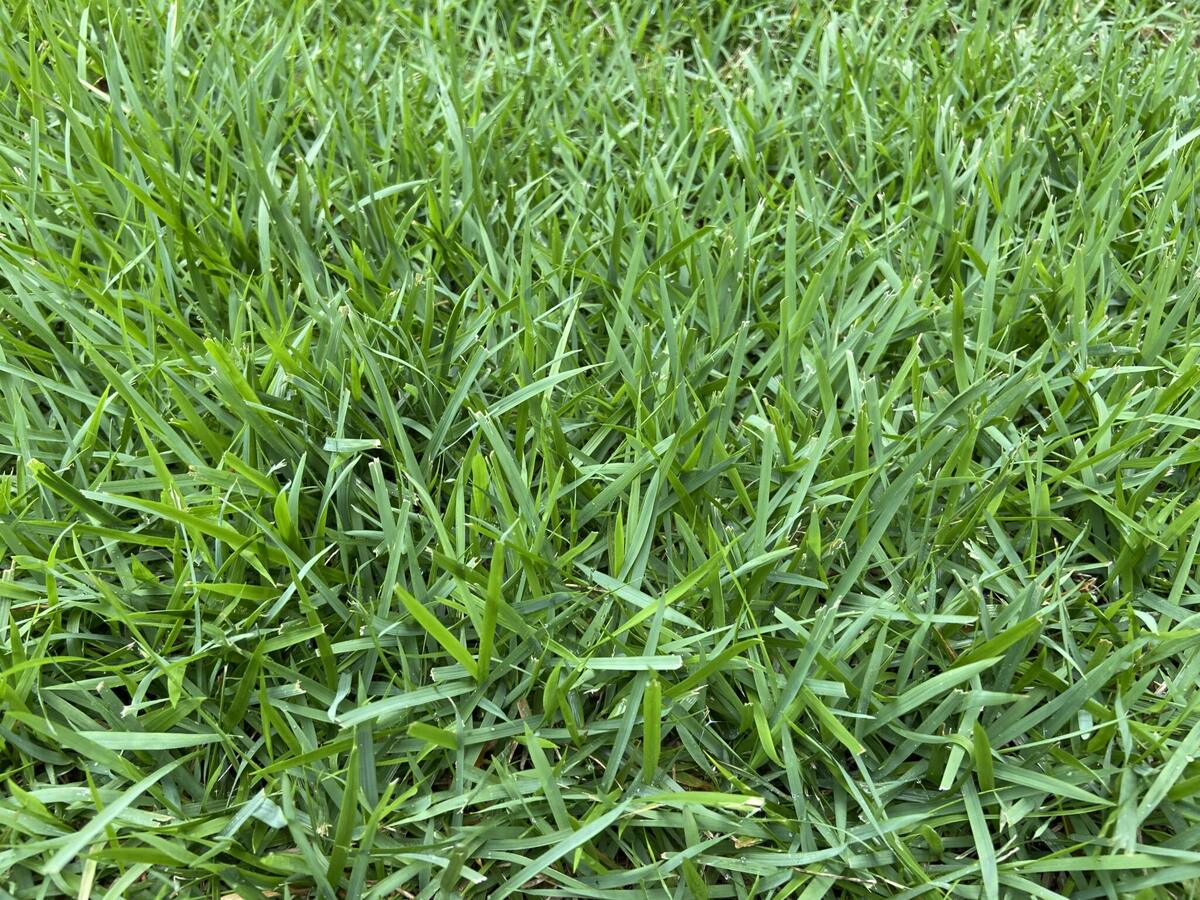
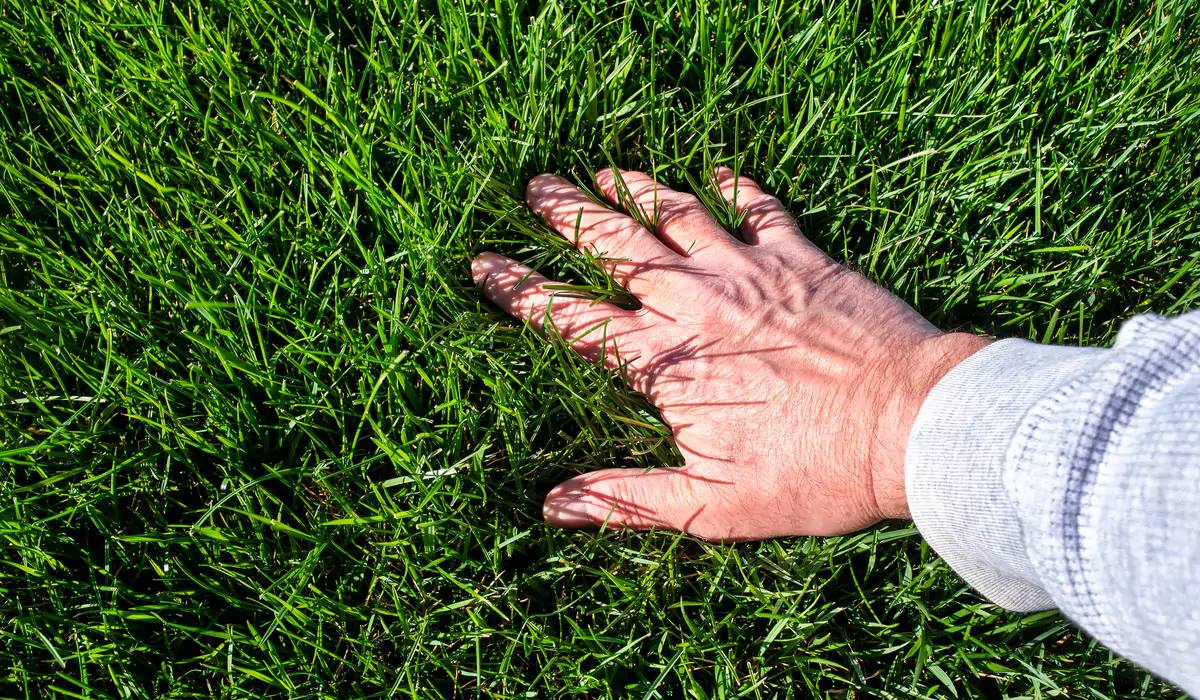

0 thoughts on “What Type Of Grass Is Pet Grass”